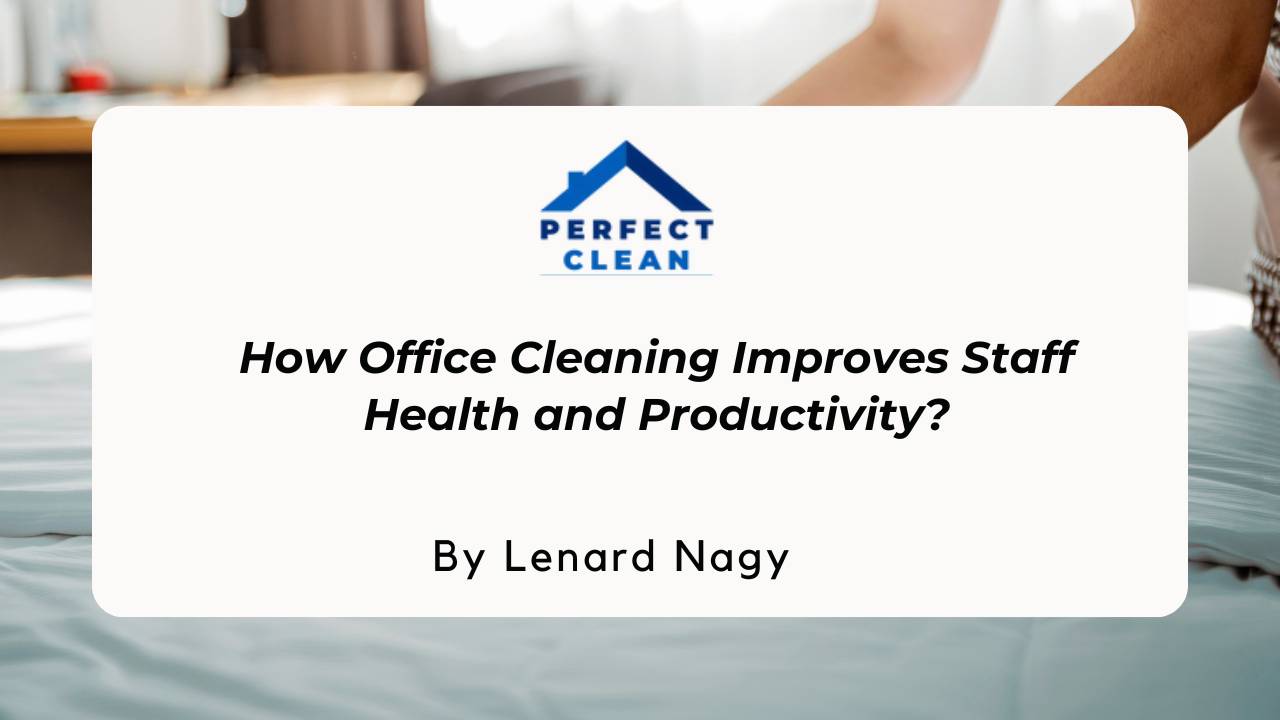Mould can be a frustrating problem in many homes, especially in areas with high humidity and poor ventilation. It not only looks unpleasant but can also affect indoor air quality and cause health issues.
One effective way to prevent mould growth is by using anti-mould paint, which contains special biocides (substances that destroy living things) to stop mould from forming on walls and ceilings. However, it’s important to know where and how to use this paint correctly to get the best results.
In this guide, we’ll explain how long does anti-mould paint last, the best places to use it, and when it might not work. We’ll also discuss how to deal with the root cause of mould to prevent it from returning.
How Long Does Anti-Mould Paint Last?

Anti-mould paint contains biocides (substances that destroy living things) that break down over time, making the paint less effective.
On average, it lasts about five years before needing to be reapplied.
Where Can You Use Anti-Mould Paint?
Anti-Mould Paint is designed for indoor use on walls and ceilings. It works well in areas with high condensation, such as:
- Kitchens
- Bathrooms
- Finished basements and cellars
- Bedrooms
- Living rooms
- Utility rooms
Where Should You Avoid Using Anti-Mould Paint?

Anti-mould paint is not suitable for external walls, wood, metal, or plastic surfaces. It may also not be ideal for older or listed buildings with lime plaster that needs to breathe.
When Won’t Anti-Mould Paint Work?
There are situations where anti-mould paint won’t be effective:
- If the root cause isn’t fixed: Mould appears due to excess moisture. If this is caused by condensation or damp issues, those need to be addressed before applying the paint.
- If applied incorrectly: The paint must be stirred well before use, applied in two coats, and allowed to dry for 2-4 hours between layers.
- Used on the wrong surface: It won’t work on external walls, wood, metal, or plastic.
- If painted over or covered: The paint should not be covered with wallpaper or another type of paint, as this reduces its effectiveness.
How to Deal With the Root Cause of Mould?
Mould growth is usually a result of excess moisture. The most common cause is condensation, particularly in bedrooms, bathrooms, and kitchens. This occurs when warm, damp air meets a cold surface, leading to water deposits.
Everyday activities like cooking, showering, and drying clothes create moisture. In well-insulated homes, this air has fewer escape routes, increasing the risk of condensation. Poor ventilation and inconsistent heating also contribute to the problem.
To reduce condensation, try to keep your home evenly heated and improve ventilation. If condensation remains an issue, you may need to take further steps. For more details, check out our guide on home ventilation.
Other causes of mould include rising and penetrating damp, which provide a constant source of moisture. Rising damp is often due to problems with the damp-proof course (DPC), while penetrating damp can result from plumbing faults, poor building maintenance, blocked gutters, or high groundwater levels.
How Can Perfect Clean Help You With Mould Removal?

At Perfect Clean, we specialise in identifying and removing mould at its source. Our expert team provides professional assessments to determine the underlying cause of mould, whether it’s condensation, rising damp, or poor ventilation.
We offer customised solutions, including advanced anti-mould treatments, ventilation improvements, and expert recommendations to prevent future growth. With our help, you can create a healthier indoor environment free from mould-related issues.
Is Anti-Mould Paint Safe?
Yes, anti-mould paint is safe and non-toxic. However, while it’s drying, it’s best to keep rooms well-ventilated and avoid prolonged exposure to the fumes.
Young children and pets should also be kept away from freshly painted areas to prevent accidental contact or ingestion.
How to Apply Anti-Mould Paint?
- Prepare the Surface: Remove any loose material, including old paint or wallpaper. Fill any cracks with a suitable filler.
- Clean the Area: Use a mould wash solution (1 part concentrate to 19 parts water) and scrub the affected area with a sponge, brush, or cloth. Let it dry completely. If any mould remains, repeat the process.
- Apply the Paint: Stir the paint well before use. Apply it with a standard brush or roller, ensuring two coats are applied for the best results. Leave 2-4 hours between coats, ensuring the room is well-ventilated while the paint dries.
Can You Paint Over Anti-Mould Paint?
No, painting over anti-mould paint stops it from working properly. However, if you want the benefits of anti-mould paint in a different colour or type of paint, you can mix in our Anti-Mould Paint Additive.
Just add one 50ml bottle to 2.5 litres of any paint to achieve the same mould-resistant properties.
Conclusion!
Anti-mould paint is a great solution for preventing mould, but it’s not a permanent fix if the root cause isn’t addressed. It’s essential to ensure proper ventilation, maintain even heating, and fix any damp issues to keep mould from returning. By applying anti-mould paint correctly and in the right places, you can protect your home from mould growth.
However, if you’re struggling with persistent mould problems, professional help may be needed. Perfect Clean provides expert mould removal services, tackling the issue at its source to create a healthier indoor environment.
Contact Perfect Clean today for a reliable and long-lasting solution to your mould concerns.














